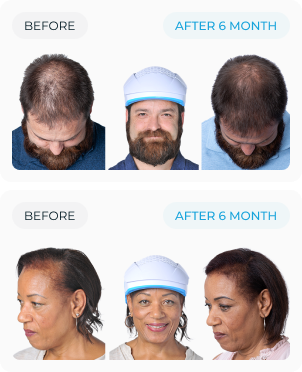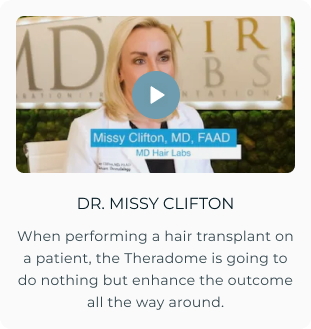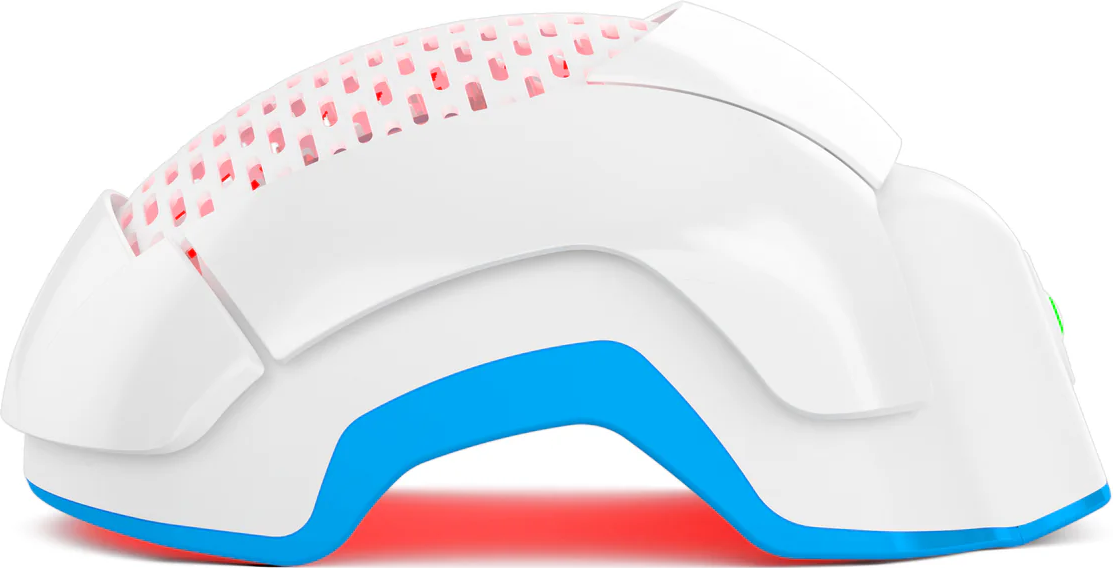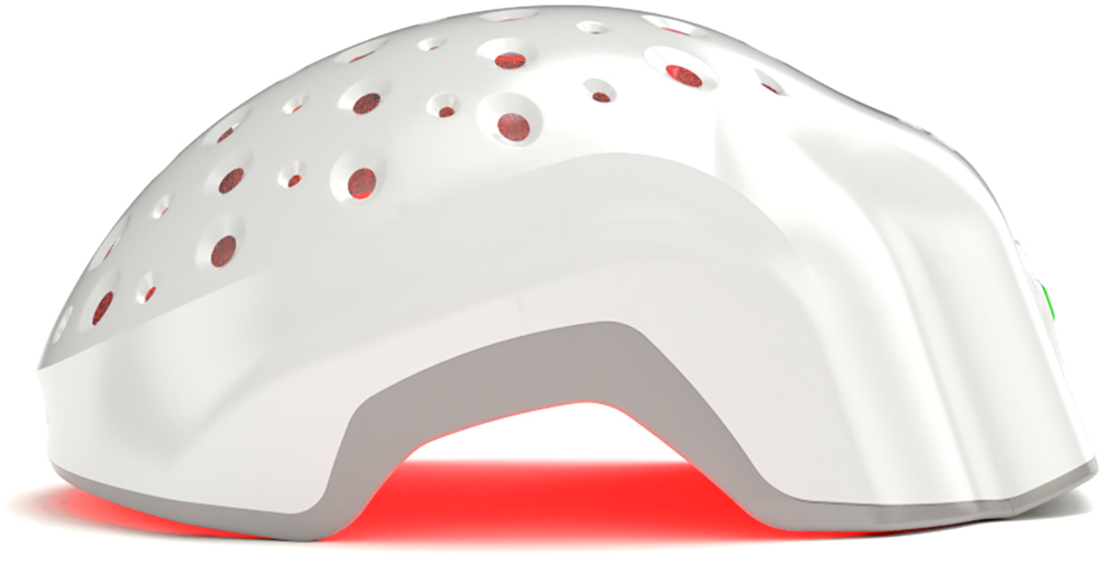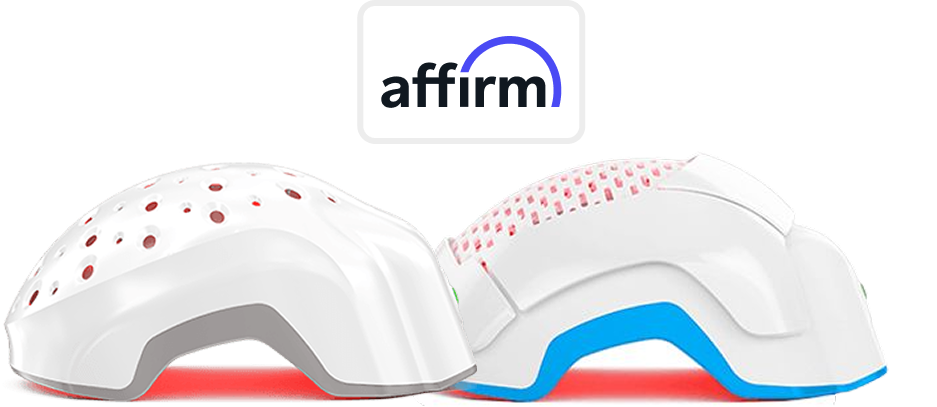Hair color isn’t just about style—it’s practically an identity these days. But while you’re channeling cherry cola, caramel blonde, or pitch-black goth-core, your strands might be quietly waving a white flag. And no, not because you’re allergic to fun—but because your hair shaft doesn’t speak fluent peroxide.
So let’s settle the panic once and for all: can hair color cause hair loss? Not directly. But what it can do is torch your strands, wreak your cuticle barrier, fry the shaft, and make your hair fall out like it just gave up on life. And that feels like hair loss—even if the follicle technically survived.
This article spills the truth on how coloring affects your hair, what ingredients to watch, and how to stop your bathroom dye jobs from turning into a full-blown strand massacre.
How Hair Dye Works
Hair coloring might feel cosmetic, but it’s closer to chemical warfare—on your hair cuticles. The way hair dye works is by either staining the surface or penetrating deep into the hair shaft to alter its pigment. This isn't a gentle tap on the shoulder—it’s a pry-it-open, rearrange-its-DNA kind of operation. And that’s before the bleach even shows up.
Types of Hair Dyes
Permanent dyes are the most aggressive—they burrow into the hair shaft with chemicals strong enough to alter pigment for good (or until regrowth). Semi-permanent dyes are a step down, offering less damage and less staying power. Temporary dyes tend to sit on the surface, making them the least likely to contribute to hair coloring hair loss. Then there’s henna and herbal dyes, often labeled “natural.” While less harsh, they’re still not universally risk-free—especially when mixed with metallic salts that can cause unpredictable reactions.
Common Ingredients in Hair Dyes
If hair dye had a warning label based on behavior, it’d read: “May cause chaos.” Chemicals like ammonia and hydrogen peroxide open the hair cuticle and strip natural pigment—taking moisture, strength, and smoothness with them. PPD (para-phenylenediamine), a common colorant, is also a major allergen. Reactions can go beyond an itchy scalp and straight into hair dye allergic reaction hair loss, where inflammation compromises both hair and scalp health. So yes, some damage is baked into the chemistry.
Does Hair Dye Cause Hair Loss?
Hair color doesn't sneak into your follicle and assassinate it. So in the clinical sense, can hair color cause hair loss? Not directly. Hair follicles are pretty protected under the skin. But the hair shaft is fair game. And when those shafts are repeatedly battered by bleach, dye, heat, and over-processing, they weaken. Breakage skyrockets. Shedding piles up in your sink. It’s not true follicular loss—but it feels like it.
The illusion of hair loss is often caused by breakage, not actual shedding from the root. Overuse of permanent hair dye—especially without proper care—leads to brittleness, and brittle hair snaps. Think of your strands like a rope: bleach weakens the fibers, dye stretches it thin, and one bad ponytail snaps it in two. Over time, the volume goes down even if the follicle’s still doing its job. That’s the trap—your hair breaks faster than it can grow back.
Signs Hair Dye May Be Damaging Your Hair or Scalp
- Increased breakage or hair snapping mid-shaft
- Thinning appearance despite consistent growth
- Tingling, burning, or redness post-dye (hair dye scalp irritation)
- Persistent dryness or rough texture
- Itchy scalp or flaking long after rinsing out color
Factors That Increase the Risk of Hair Damage
Frequent Coloring
The more often you color—especially with permanent hair dye—the more structural wear you inflict. Coloring too frequently doesn’t let hair rebuild strength between sessions, compounding the damage until strands lose elasticity and resilience.
Pre-existing Hair Damage
Already brittle from heat tools or chemical treatments? Dyeing on top of that accelerates hair dye hair thinning by compounding structural weaknesses. Damaged hair doesn’t bounce back—it snaps back, and not in a good way.
At-Home vs. Professional Application
Box dye might be easy, but it’s also a gamble. Uneven application, wrong developer, and poor timing all add up to higher risk for hair dye chemical burns, scalp irritation, and accidental overlapping. Pros know how to minimize risk and preserve your strands while still nailing the color.
How to Minimize Hair Damage While Coloring
Choose Safer Products
Look for ammonia-free dyes, low-peroxide options, and formulas free from PPD to reduce the likelihood of severe hair dye side effects. Just because it’s bright doesn’t mean it should burn.
Prep and Condition Your Hair
Hydrated hair handles chemicals better. Deep condition 48 hours before your appointment and maintain a solid post-color routine. Moisture and protein masks aren’t optional—they’re mandatory survival tools.
Avoid Overlapping Applications
Only dye regrowth. Reapplying color over previously processed hair is how you end up with spaghetti-like strands and delayed fallout. Mark your regrowth and treat your ends with a nourishing conditioner—not another chemical cocktail.
Conclusion
Hair dye alone doesn’t usually take down your follicles. But overdo it—or skip the prep and aftercare—and you’ll absolutely see the fallout. Literally. Whether it’s hair dye breakage, chemical burns, or hair dye hair thinning, the signs are there. So if you're still asking, can hair color cause hair loss? The smarter question might be: are you doing it wrong?
Treat your hair with respect, space out the dye jobs, and stop trusting your scalp to expired box kits.








